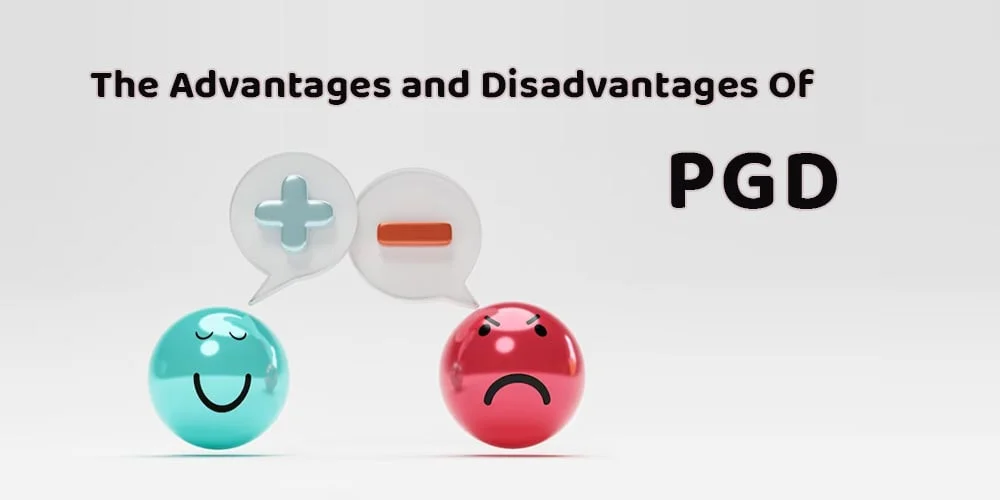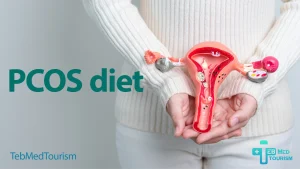Why PGD?
First of all, potential parents who are concerned about passing on hereditary genetic disorders to their offspring are highly recommended to undergo pre-implantation genetic diagnosis (PGD) testing to avoid the possible existence of malicious chromosomal abnormalities in the embryos, such confidence which comes out of undergoing PGD will positively impact the parents’ psychological wellbeing and assists the female partner to have a stress free pregnancy.
The second importance that why couples would like to undergo PGD is that, some family members would like to find a bone marrow donor of their own family, who is supposed to provide matching stem cells for the patient. The third importance is the timeline, it’s the fastest and simplest assisted reproductive treatment (ART) that requires only a day or two to undergo the PGD procedure.
Although undergoing pre-implantation genetic diagnosis (PGD) testing is an add-on cost to the fertility treatment, it is still inexpensive compared to other prenatal tests such as pre-implantation genetic screening (PGS), next generation sequencing (NGS), amniocentesis, chorionic villus sampling and non-invasive prenatal test (NIPT) and it (PGD) deserves to pay for. Hence, compared to other genetic diagnosis testing, PGD is highly recommended for patients with an austerity treatment budget.
Advantages and Disadvantages of PGD
As per medical ethics, it’s the absolute right of every patient to know about the advantages and disadvantages of his/her treatment to wholeheartedly decide on whether to undergo PGD testing or hold back. Because every treatment process has its pros and cons along with its possible risks.
Therefore, we have come up with prominent and common advantages and disadvantages of pre-implantation genetic diagnosis (PGD) to educate our dear readers and patients to decide about their treatment with peace of mind.
Advantages of PGD:
• PGD is a very short, concise, and swift process and can be performed along with the IVF cycle.
• PGD is inexpensive diagnostic testing compared to other preimplantation and prenatal tests.
• It’s an easy and complication-free procedure that does not require anesthesia.
• Avoids the transfer of embryos that has limited chances of implantation or conceiving.
• Avoids the transfer of embryos that will lead to miscarriage or delivery of children with single or multiple syndromes.
• Increases chances of timely conceiving and pregnancy.
• After performing NIPT tests during the initial stages of pregnancy, those embryos that are detected as malfunctioning or identified as genetically disordered embryos will be aborted.
• Reduces the financial burdens of post-treatment of a child with a genetic disorder and pregnancy complications, which emerge due to the existence of a variety of genetic disorders and chromosomal abnormalities in the embryos.
• PGD reduces the risk of having a child with a specific single known genetic disorder and particularly prevents Down syndrome which is a very common chromosomal abnormality.
• PGD reduces the chances of unwanted miscarriages in women, particularly in women who had previous experience with single or multiple unexplained miscarriages.
• Positive impact on the psychological well-being of the couples particularly on the female partner.
• PGD reduces the risk of miscarriage in women over the age of 36 and increases the chances of transferring the healthy embryo to achieve pregnancy.
Disadvantages of PGD:
• PGD is an invasive procedure that requires the embryologist to take a biopsy from the embryo for analyzing genetic disorders and chromosomal abnormalities. This technique will interfere with the natural status of the embryo and may decrease its quality to some extent.
• For some couples with low incomes, undergoing PGD along with IVF procedures will be expensive. In some countries, the medical and healthcare insurance companies are not covering the cost of PGD, so we are suggesting our patients clarify and finalize this before their departure to Iran.
• Sometimes the frozen embryos may not survive the thawing process.
• Although PGD has pros, its cons may also make the couples decide on whether they undergo PGD or not. It’s a difficult decision, but they have to decide.
TEBMED Tourism recommendation for couples.
TEBMED Tourism as a prominent healthcare facilitating company, having more than half a decade of experience in infertility treatment, recommends undergoing PGD to prevent genetic disorders and chromosomal abnormalities in the future.
TEBMED Tourism as a pioneer healthcare facilitating company in Iran, recommends couples to undergo PGD. Iran as a prominent and well-known infertility treatment destination is providing quality infertility treatment not only to Iranian nationals but to international couples as well.
Iran is considered one of the cheapest countries in the world that provides quality infertility treatment at well-equipped hospitals and clinics under the supervision of skilled and highly experienced specialists with advanced technologies. IVF+PGD in Iran is known as the cheapest infertility treatment in the region and beyond.
TebMedTourism will provide the couples with a complete IVF+PGD package which costs $5500 including gender selection options and all medical and pharmaceutical supplementary until the treatment wraps up in Iran. Non-medical packages are different and will be charged separately. For more information and detailed packages, please click here:









